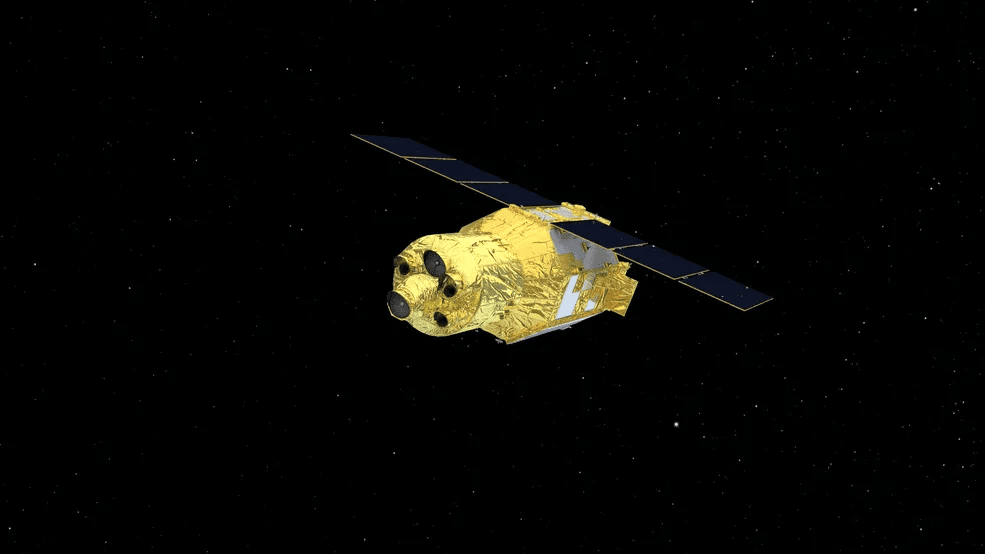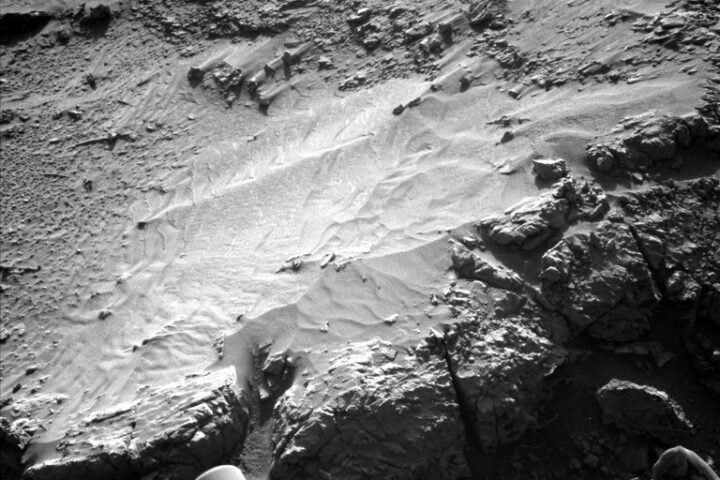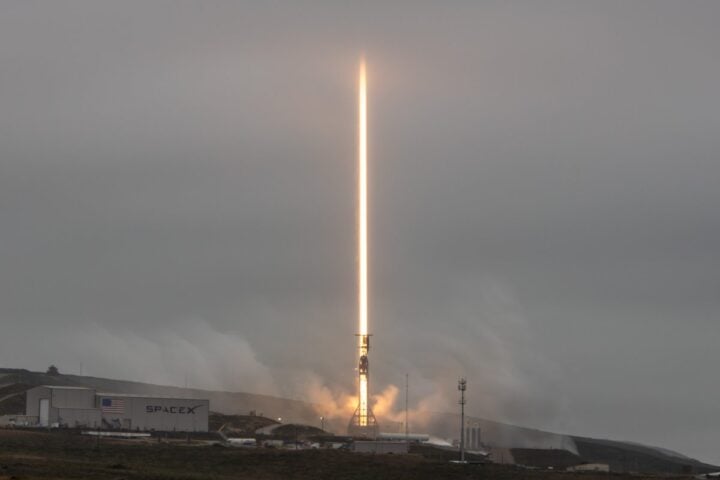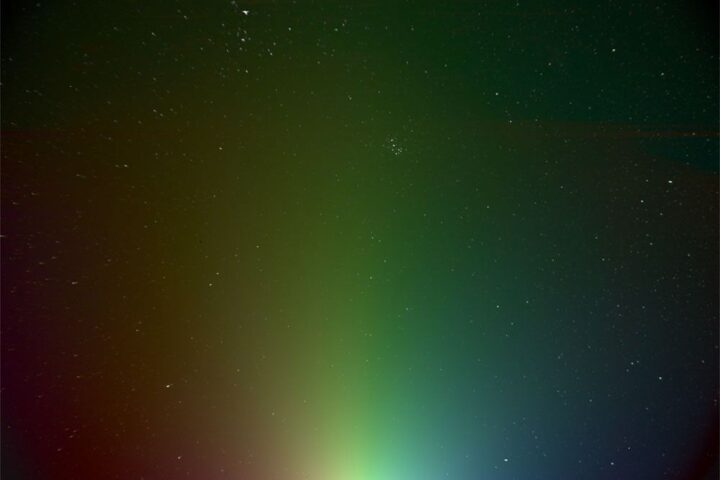The X-ray Imaging and Spectroscopy Mission (XRISM), pronounced “crism,” is a groundbreaking initiative under the leadership of JAXA (Japan Aerospace Exploration Agency) that seeks to paint an X-ray rainbow of the universe. It will achieve this feat by using a special tool, known as Resolve. Richard Kelley, NASA’s XRISM principal investigator, paints a vivid picture: “Resolve will offer unprecedented insights into some of the universe’s most enigmatic phenomena such as black holes, galactic clusters, and remnants of stellar cataclysms.”
How Resolve Works: A Deep Dive
A significant achievement in the field of astrophysics, Resolve is an X-ray microcalorimeter spectrometer, a product of a remarkable collaboration between NASA and JAXA. This instrument is designed to measure minute temperature variations caused by X-ray interaction with its 6-by-6-pixel detector, creating a rainbow of data. As a catch, this detection process requires the device to chill to nearly absolute zero, around minus 460 Fahrenheit (minus 270 Celsius). For Resolve to record and analyze the X-ray’s energy, it goes through a sophisticated multi-stage cooling process within a refrigerator-sized container filled with liquid helium. By processing thousands or even millions of X-ray hits from a cosmic source, Resolve is capable of discerning the high-resolution spectra of the object under study.
The Role of Spectrometry in Space Exploration
Spectra, or the measurement of light’s intensity over a spectrum of energies, is a pivotal concept in this mission. Just as prisms disperse visible light into distinctive colors, Resolve scatters X-rays with energies ranging from 400 to 12,000 electron volts. For context, visible light energies are a mere 2 to 3 electron volts. Brian Williams, NASA’s XRISM project scientist, says, “The spectra XRISM captures will be unmatched in detail for the phenomena we’ll witness. The mission will illuminate some of the most elusive regions, like neutron star interiors and near-light-speed particle jets fueled by black holes in active galaxies.”
Similar Post
Xtend: An Instrument for Extensive X-ray Imaging
Complementing Resolve’s capabilities, XRISM also hosts a second instrument, Xtend, developed by JAXA. Xtend boasts one of the largest fields of view of any X-ray imaging satellite to date, covering an area roughly 60% larger than the full Moon’s apparent size. Both Resolve and Xtend utilize two identical X-ray Mirror Assemblies developed at Goddard.
A Global Collaborative Effort
XRISM is not just a bilateral initiative by JAXA and NASA; it also includes active participation from the European Space Agency (ESA) and the Canadian Space Agency, making it a truly international endeavor. This collaborative mission, aimed at unlocking the secrets of the universe’s high-energy light phenomena, will certainly enrich our understanding of the cosmos.


















